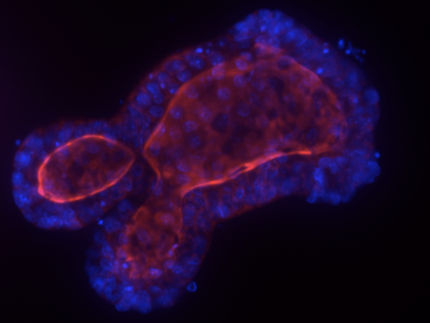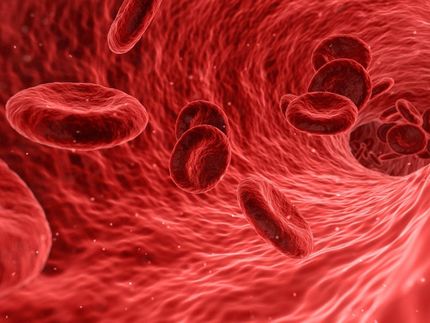Active wound healing can accelerate tumour formation
Advertisement
Processes that are involved in active wound healing can lead to an increased risk for basal cell carcinoma in the skin. This is the conclusion of a recent study from the Swedish medical university Karolinska Institutet, published in the journal PNAS.
The link between the development of basal cell cancers and wound healing was studied in mice with the same genetic changes that occur in human tumors. The results show that an active wound healing process can increase both the number and size of the tumours. The increase in tumour size is likely due to a general increase in cell proliferation taking place in association with wound healing whereas the increase in number is due to enhanced recruitment of cells with potential to initiate tumour formation.
Basal cell carcinoma (BCC) in the skin is the most common cancer and earlier case reports have described an increased risk of BCC associated with both chronic and acute wounds. This new study from Karolinska Institutet describes for the first time the underlying mechanism at the cellular level.
“We believe that exposure to UV radiation from the sun together with an active tissue regeneration process is a dangerous combination increasing the risk of developing basal cell carcinoma”, says Rune Toftgård, Professor at Karolinska Institutet and principal author of the study.
He points out that there is epidemiological evidence strongly supporting the hypothesis that severe sunburn – severe enough to cause tissue damage – is an important risk factor for development of BCC.
In the current study 'lineage tracing' was used to determine where and in which cells tumour formation started. Lineage tracing is a technique to label a cell permanently making it possible to follow this cell and all of its daughter cells. In this way it was found that stem cells of the hair follicle actively contribute to wound healing and that such stem cells and/ or their daughter cells migrate out of the hair follicle to promote wound repair.
As a result of the wound healing process, hair follicle stem cells and their daughter cells present in the non-follicular part of the skin (interfollicular epidermis) acquire the ability to initiate tumour formation also in their new location. Moreover, the study shows that not all types of wounds are sufficient to increase tumour formation. Damage to the deeper parts of the skin (so-called full-thickness wounding) is required to elicit the tumour enhancing effect.
“One may assume that the combination of tissue damage from severe sunburn, and DNA damage or mutations caused by UV radiation has a similar effect”, says Rune Toftgård.
Original publication
Maria Kasper, Viljar Jaks, Alexandra Are, Åsa Bergström, Anja Schwäger, Nick Barker & Rune Toftgård; "‘Wounding enhances epidermal tumorigensis by recruiting hair follicle keratinocytes"; Proceedings of the National Academy of Sciences (PNAS) 2011.























































